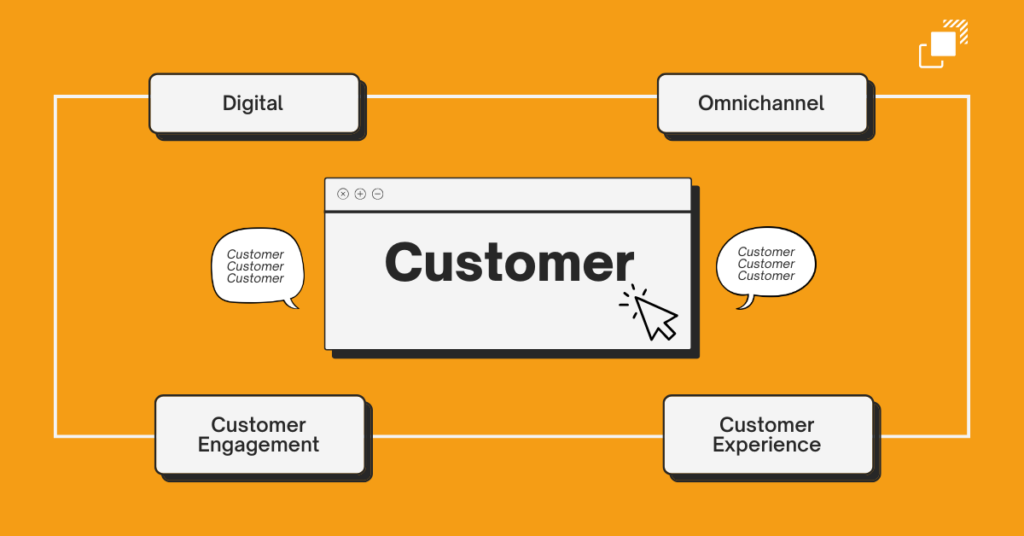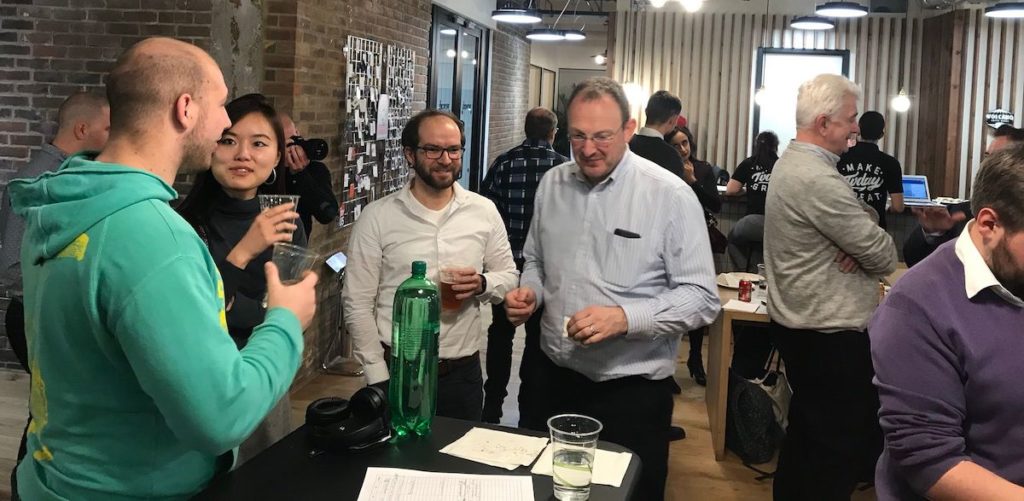Key Takeaways from Digital Pharma: Unlocked
The pharma industry is no stranger to buzzwords. If you take a moment, you can probably think of a few that have gained traction over the years. One of the most noticeable shifts we’ve seen recently is in job titles. Roles once defined by ‘Digital’ or ‘Omnichannel’ are now framed around ‘Customer Engagement’ or ‘Customer Experience.’ The key word? Customer.
But does this shift signal a real transformation in how pharma operates, putting the customer at the heart of its strategy? Or is it simply another industry trend, more about optics than true change?
Digging Deeper: A Conversation with Industry Leaders
To explore this, we hosted a webinar with a panel of industry experts, opening the discussion to our audience. Our panel featured:
- Lishan Dubois Halimi (Global Head of Marketing & Customer Experience)
- Nina Fyhn (Commercial Excellence Manager)
- Helge Tennø (Strategy & Innovation Expert)
- Henriette Lonkvist (Global Head of Customer Relationship Management)
- James Harper (Founder, 28b)
If you missed the live session, you can catch up on demand here
Who is the Customer?
A key discussion point was who we mean when we say ‘customer.’ While patients are the ultimate beneficiaries of our work, the primary customers in a pharmaceutical context are Healthcare Professionals (HCPs) including physicians, pharmacists, nurses etc. Recognising the nuances between these groups is critical to crafting truly effective engagement strategies.
Helge made a thought-provoking statement: “Supermarkets have customers. The pharmaceutical industry does not.”
This perspective underscores a fundamental difference. Pharma’s engagement with HCPs isn’t transactional in the same way as traditional customer relationships. It requires a more sophisticated, needs-based approach.
Beyond Buzzwords: What Does True Customer-Centricity Look Like?
It is easy to talk about customer engagement, but true customer-centricity requires a shift in mindset rather than just new job titles or technology. Nina emphasised: “We are very internally focused, thinking about what we want to send. However, we need to change this approach. We need to ask: what do Healthcare Professionals find valuable?” Helge added: “It is not about the customer. It is about how we drive value by changing behaviour. To change behaviour, we must provide something truly valuable.”
Breaking Barriers for a Unified Customer View
A major theme of the discussion was the importance of breaking down silos between marketing, sales, medical, and other departments. A unified view of the customer is essential, and this requires seamless communication and collaboration. Lishan shared: “If you don’t break the silos, the impression that we give to our customers is that we are not connected.” Using tools like customer journey mapping was highlighted as a way to bring different functions together and identify pain points.
From Vanity Metrics to Meaningful Insights
We discussed the need to move beyond vanity metrics (e.g. open rates) and focus more on gathering and acting on meaningful customer insights, to reflect true customer engagement. Henriette challenged the industry’s reliance on surface-level data: “We get excited about high open rates. However, is that real success?”
CRM systems play a crucial role in capturing valuable information, but it’s essential to analyse and use that data to improve customer experiences. Lishan shared a common challenge: “We collect vast amounts of data, but without an automated way to analyse feedback, it is difficult to extract real value.” The key takeaway is that technology should support insight-driven decision-making rather than serve as an end in itself.
The Power of Clear and Specific Language
One key takeaway was the importance of precision in language. Broad terms like ‘omnichannel’ can lead to confusion. Helge advised: “Rather than asking, ‘Who is the customer?’, ask, ‘What are their specific needs and situations?’ That shifts the conversation.” Nina added: “Be specific. Are we referring to a pharmacist, a physician, or a nurse?”
How Customer-Centric is Pharma, Really?
Ultimately, a customer-centric mindset is the foundation for success. Henriette wisely said: “Keep the people at the heart of everything you do.” It’s about genuinely caring about and understanding the customer, not just ticking boxes or following a checklist. Simply changing job titles or implementing technology without a genuine shift in perspective won’t lead to real change.
We polled our audience with the question: How often does your organisation work in a truly customer-centric way?
- 2% responded never
- 21% responded rarely
- 55% responded occasionally
- Only 12% responded consistently
The results highlight the gap between intention and execution, showing that the pharmaceutical industry still has work to do.
Practical Steps to Improve Customer-Centricity
- Ask the Right Questions – As Nina stated: “What do you actually need from us? How can we deliver it in the best way?“
- Joint Planning and Alignment – Ensure teams collaborate and work towards shared goals.
- Mindset First, Tools Second – Customer engagement begins with people rather than technology.
- Keep it Simple – Henriette advised: “Do not overcomplicate it. Keep it simple from the start.“
- Remove Organisational Barriers – Foster collaboration between departments to create a seamless experience for Healthcare Professionals.
Final Thoughts
Achieving customer engagement excellence is an ongoing journey. It requires commitment, collaboration, and a shift in thinking rather than just a change in job titles. As Henriette wisely stated: “Keep people at the heart of everything you do.”
“Our panel began laying the gauntlet down for those with ‘customer excellence’ titles to really, truly question whether they are putting the customer at the heart of everything they do. However one panel cannot change an industry mindset, as hard as they may try! As an industry we must stop paying lip service to the needs of HCPs and treat it as a moral obligation not to waste their valuable time. I hope this discussion sparks some change for good, no matter how small an initial spark!”
James Harper, Founder twentyeightb
Let us continue the conversation. Join our Digital Pharma: Unlocked community on LinkedIn to stay engaged and updated.





